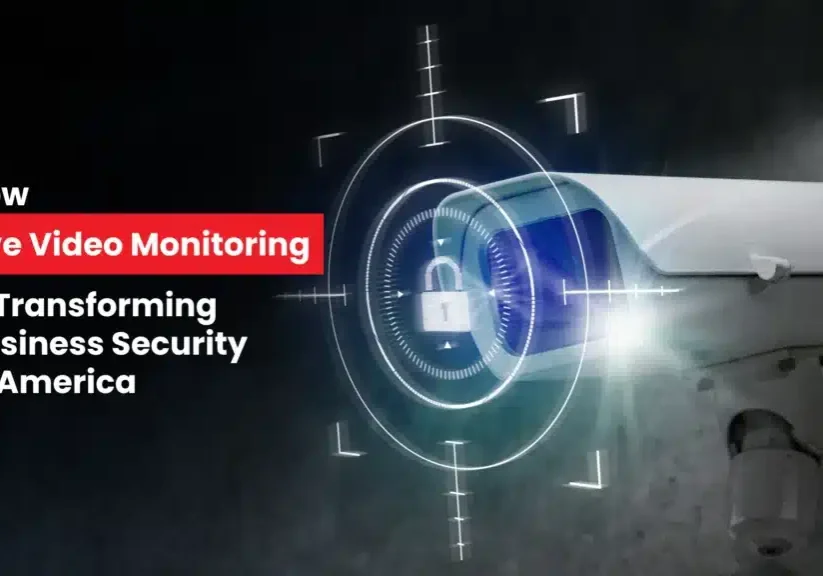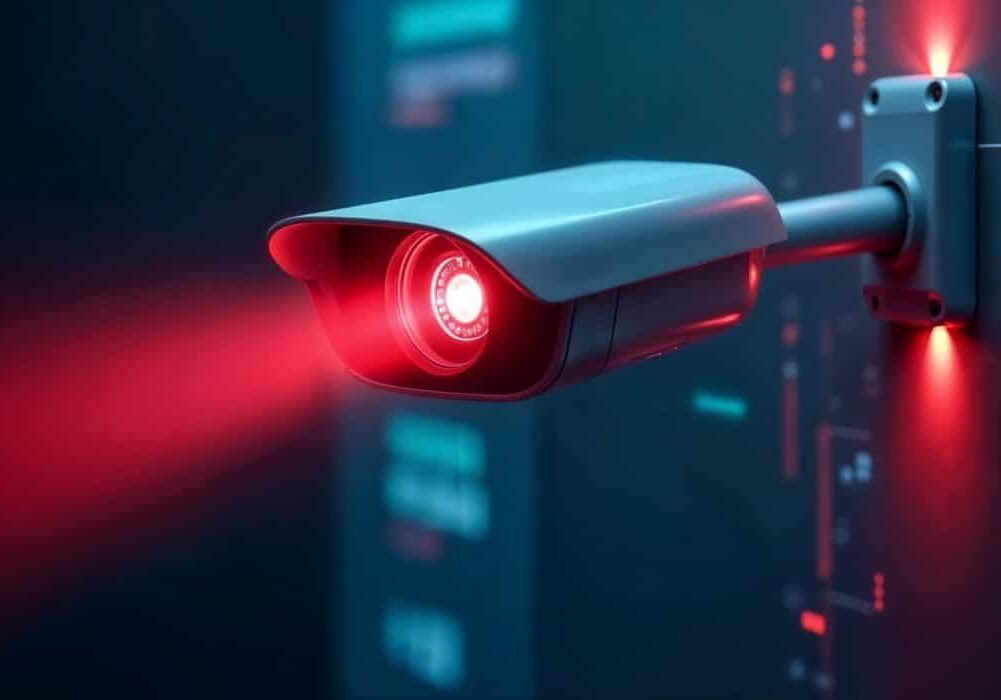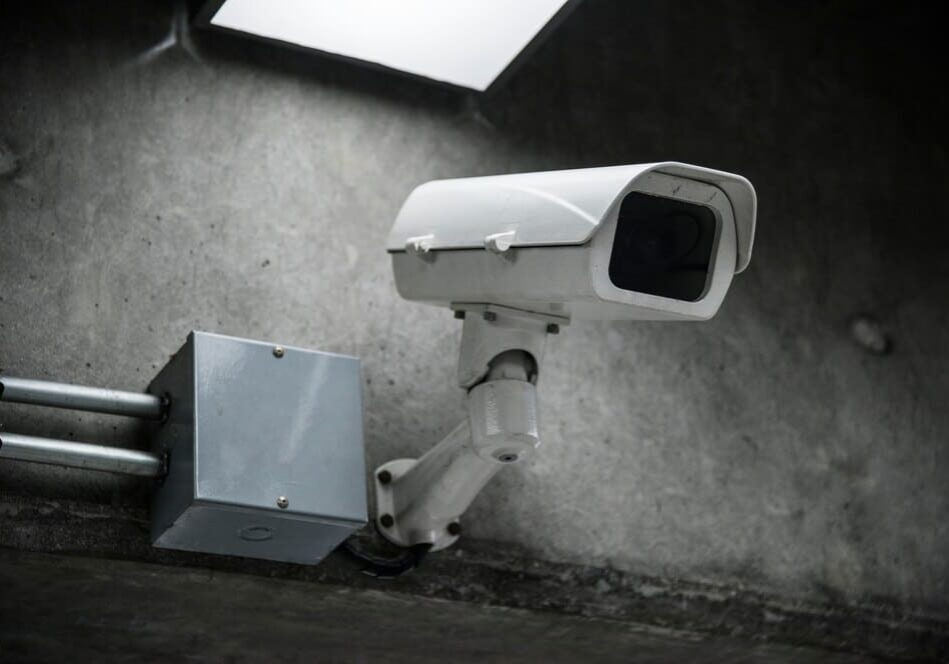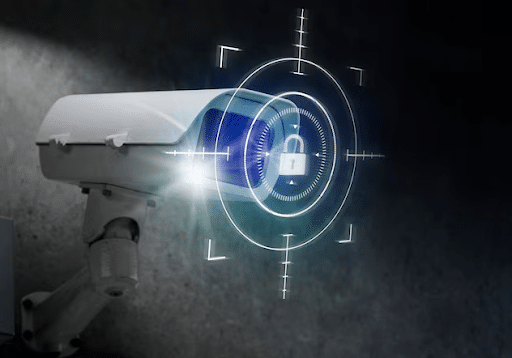Q: What’s one of the first things an energy manager should look at when it comes to electric vehicles?
A: Future demands from both fleet and employee electric vehicles (EVs) will directly affect your facilities needs and future planning in regards to generation and storage. The shift in costs from traditional fuels and related maintenance and life cycles of the equipment used to generate and provide for this demand, will radically change. The energy manager may wind up inheriting what traditionally belonged to the maintenance department.Q: With more electric vehicles comes more energy consumption, what’s an important question energy managers should be asking with the pending increase in energy consumption?
A: Many buildings have been controlled and metered (EMCS) for years to determine baselines when designing their generation plants. Now complicate matters by adding electric vehicles. You should think about asking yourself the following questions:- How will the data be collected to baseline the generation needs?
- How will the consumption be monitored and evaluated?
- Where is the ownership responsibility placed in regards to the potential (EV) consumption?
- Is it placed at the building level or should it be treated as a separate system and as a plant?
- Should I tie this in to my existing EMCS network and what are the cyber security risks and process for integration from an accreditation standpoint?
Q: Is energy storage more of a concern with an influx of electric vehicles?
I see this as a real opportunity to focus more on generation interconnect agreements (GIA) and less on energy storage. Local utilities have been raising their rates for years, mostly driven by the loss of revenue directly attributed from independent self-generation plants. Utilities have been struggling to keep up with necessary infrastructure improvements in the wake of the green movement. Most utilities have adapted and begun large energy storage projects to deal with the peak production loads for use when self-generation plants are not producing.Q: How should energy managers keep up with the energy demand?
A: It may be wrong to initially assume a government facility, commercial property or even a residential generation facility can keep up with demand, imminent system failures, cloudy days and other factors that hinder PV production. Perhaps EV generation facilities running solely off of self-generation is the wrong thinking, and maybe this is where a point of change in ownership (POCO) comes into play. For example, utility companies have a big role to play in this. In 2016, SCE entered into a number of contracts for battery energy storage to increase grid reliability and to help mitigate the impacts of increased demands. In addition, these EV facilities could assist the utilities in making more storage available for the grid. Other important questions exist for energy managers as well, including: Will the Federal Government offer incentives in the wake of imminent administration’s expected seventy-two percent budget cut in renewable energy and energy efficiency programs? Will the President’s $1.5 Trillion infrastructure plan include plans for how to deal with these demands? While these are questions we may not have answers to just yet, it can be part of our overall planning moving forward. — In summation, energy managers may not have all the answers now but we all need to engage in these discussions well in advance of new construction projects-both generation and storage, incorporating the necessary planning for a dramatic increase in EV.Interested in RESOLUTE Partner’s energy management capabilities? Contact Us or visit our energy management controls systems page to learn more.
Frequently Asked Questions
Electric vehicles (EVs) are rapidly growing, increasing energy demands for fleets and employees. Planning ahead is critical to manage generation, storage, and infrastructure changes needed to accommodate this shift and avoid costly disruptions.
Managers should consider how energy use from EVs will be metered, monitored, and who will be responsible for consumption. They must assess integration with existing systems, cyber security risks, and whether EV energy use should be treated separately or as part of the building’s overall demand.
EVs increase energy demand, prompting a focus on generation interconnect agreements and grid reliability. While storage projects are growing, relying solely on self-generation (like solar) may not suffice due to variability, requiring cooperation with utilities and expanded infrastructure.
Utilities invest in energy storage and grid upgrades to handle EV-related demand spikes. Contracts for battery storage improve reliability and help balance supply when renewable generation fluctuates, supporting a stable energy supply amid rising EV adoption.
Energy managers must monitor federal incentives and infrastructure plans that affect renewable energy and efficiency programs. Though future policies remain uncertain, including EV considerations early in project planning ensures better alignment with evolving government priorities.

Michael S. Blanco is the Chief Executive Officer and Co-Founder of Resolute Partners, LLC, where he leads strategic initiatives across various divisions. After owning family entertainment centers in New England, he co-founded Resolute Partners in 1996, launching the first Internet cafés for the U.S. Navy and partnering with AT&T for global deployment. A pioneer in wireless communications, Michael has expanded the company’s focus to include Energy Management/IoT, Cybersecurity, and Managed Video Security. He holds a degree from the Rochester Institute of Technology.

Stay up to date.
Subscribe for latest news, protection tips, special offers, and more!














